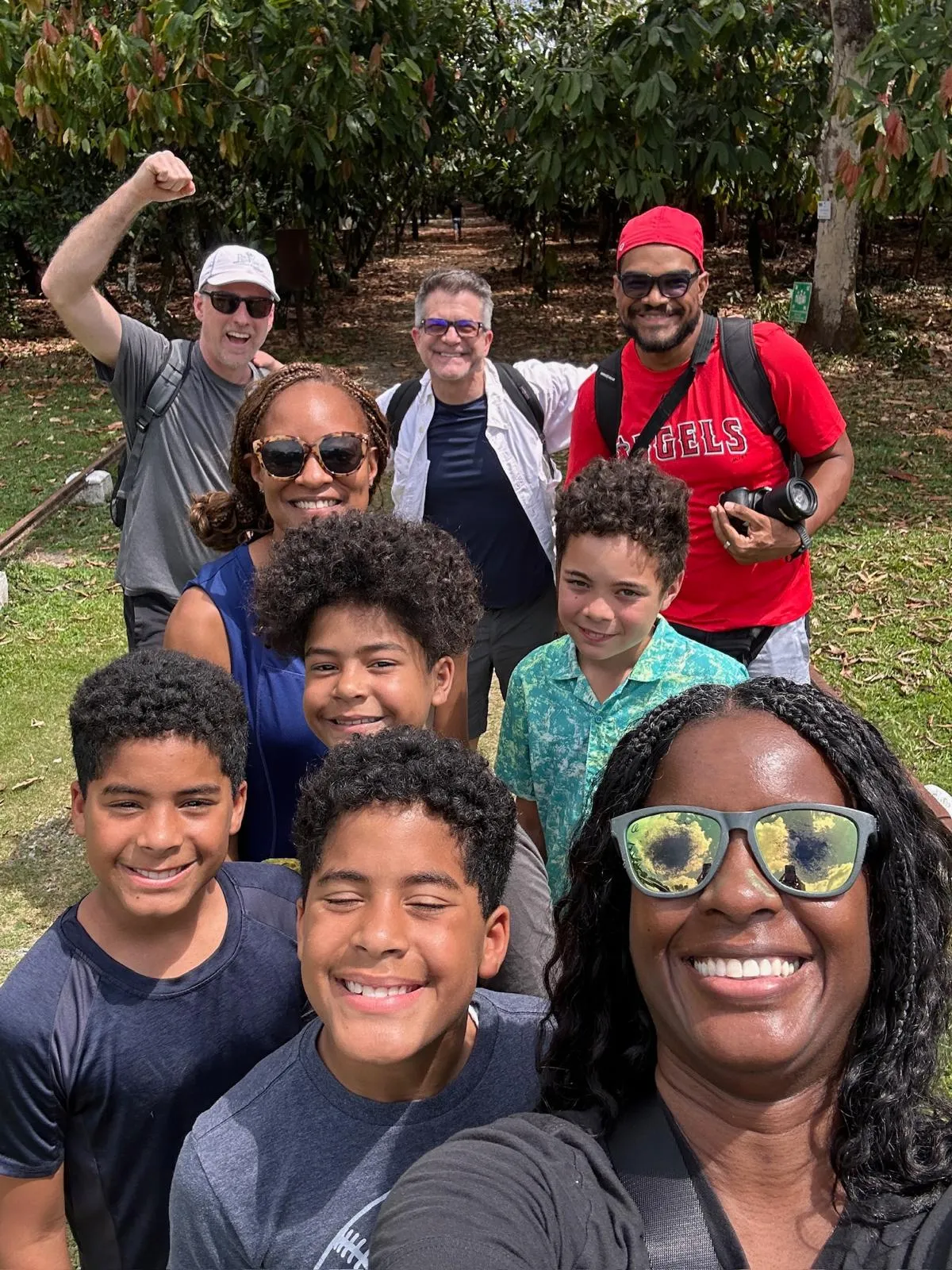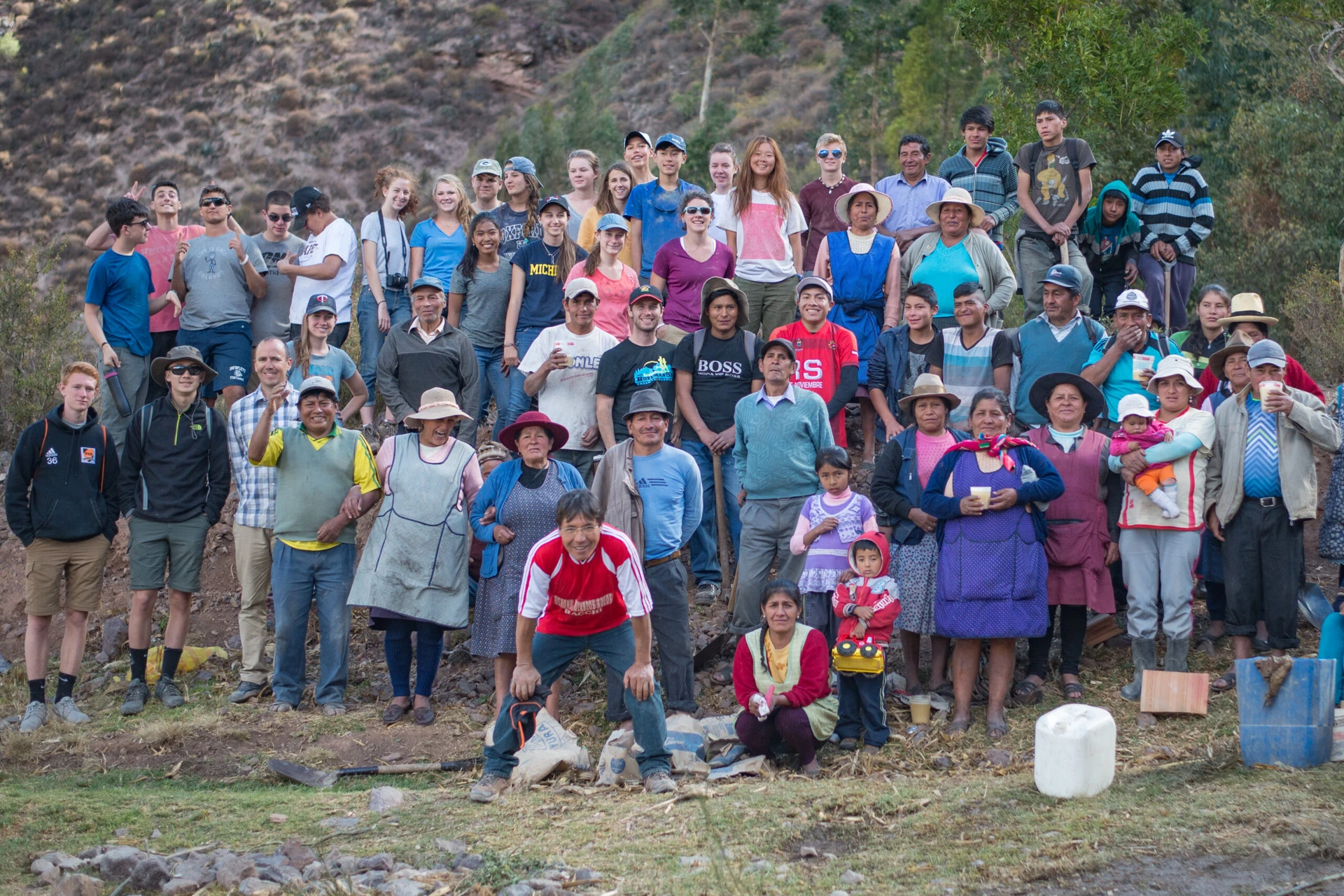A Glimpse at Ecuador’s First National Park
Located 600 miles west of Ecuador lies an infamous group of islands, perhaps some of the most famous in the world, thanks to one Charles Darwin.
Discovered in the mid-1500s, one of the first explorers to map these islands referred to them as the “Islands of the Tortoises” due to the population of large tortoises still seen there today (although they are now endangered). The Galápagos are believed to have been visited and briefly inhabited by the Incas before they were stumbled upon by others. However, they remained relatively uninhabited, except for the occasional band of pirates and whalers, until the early 1900s. However, the traffic of those stopping through warranted an impromptu post office—actually a barrel—that still exists on the island of Floreana.
Working as a naturalist, Darwin visited the Galápagos in 1835. Fascinated by the variety of plant and animal species on the islands, it was here that he developed his own theories and the basis of his book The Origin of Species.
The Galápagos Islands became Ecuador’s first national park in 1959, protecting 97 percent of the land with the remaining three percent spread throughout the inhabited areas. Known in Spanish as Parque Nacional Galápagos, it was also designated as a United Nations Educational, Scientific and Cultural Organization (UNESCO) Heritage Site.
The first conservation efforts began in the 1930s—even before the park was created—in an effort to protect the islands’ native species. It has remained an uphill battle ever since. Today, the park struggles to control and eradicate introduced plants and animals, which cause the most harm and threat to native species. Park officials also work to control and monitor island tourism and the populated parts of the island as it pertains to the natural resources.
The VISIONS Ecuador & Galápagos program partners with Galápagos National Park each summer, and works on
volunteer environmental service projects that typically involve the removal of invasive plants. The Galápagos visit takes place on the last leg of the Ecuador program, and it’s the perfect way to cap off a meaningful summer of service and cultural immersion. Not only is there time for fun in the sun and island explorations, but there’s also an environmental education component that often leaves VISIONS participants in awe of nature.
Here are some key conservation facts provided by the dedicated environmental organization the Galapagos Conservancy:
Q. What are the size, population, and climate of the Galápagos Islands?
A. 28,000 people live there on four islands. The climate is anywhere from the 70s (°F) in the cool season (June through December) and warm in the 80s in the Galápagos winter (January through April). The land area is 5,000 square miles, slightly smaller than the Hawaiian archipelago (6,423 square miles).
Q. When were the Galápagos Islands discovered and colonized?
A. The islands were discovered in 1535 by Bishop Tomas de Berlanga of Panama. They were annexed by Ecuador in 1832. The islands were colonized throughout the 1800s, and primarily used as a penal colony by Ecuador. It wasn’t until the mid-1900s that people started moving to Galápagos to live, primarily traveling from Europe and Scandinavia. The population grew at modest levels, but dramatically increased in the 1990s with the development of large-scale tourism. With a population of about 12,000 in 1990, today’s population stands at 28,000.
Q. How has human development affected the Galápagos?
A. The twin impacts of a growing resident population and of increasing tourism to the islands have had negative consequences for Galápagos flora and fauna.
The devastating introduction of plants, insects, and animals that escape and become established is an inevitable result of human interaction. Native plants and animals which have evolved in isolation of these predators have little defense and are consequently overwhelmed. Today, more than 526 invertebrates, 750 plants, and 29 species of vertebrates, including six species of birds, have been introduced in Galápagos.
External pressures also bring with them the over harvesting of marine and terrestrial resources. Illegal poaching of tortoises, sharks, and sea cucumbers, along with harvesting of fragile mangrove forests, native hardwoods, and beachfronts threaten the biological integrity of all of Galápagos’ ecosystems.
A growing human population means more pressure on water, land, and other infrastructure needs which are scarce in Galápagos. And there are also rising potential threats to biodiversity from phenomena that have already caused significant damage in other areas, such as avian malaria, West Nile fever, and bird flu (avian influenza).
Q. How many people travel to the Galápagos each year?
A. More than 100,000.
Q. Why is conserving the Galápagos so important?
A. The scientific value of Galápagos cannot be overstated. 95% of its pre-human biodiversity remains intact, and there is no other island ecosystem that can come close to that significant achievement. It has often been called “a living laboratory of evolution” and it is a treasure for a host of scientific inquiries.
It has significant economic value to Ecuador as a tourist destination point (approximately $350MM per annum).
It is important because it is one of the world’s last wild places. Galápagos represents the last best hope for demonstrating that a balance can be struck between human presence and wild places, and it may provide an opportunity to develop a model for conservation of biodiversity that works.
To learn more about our program partners Galápagos National Park, go here.
Check out more information about the VISIONS Ecuador & Galápagos program. Apply today, spaces are filling fast!






